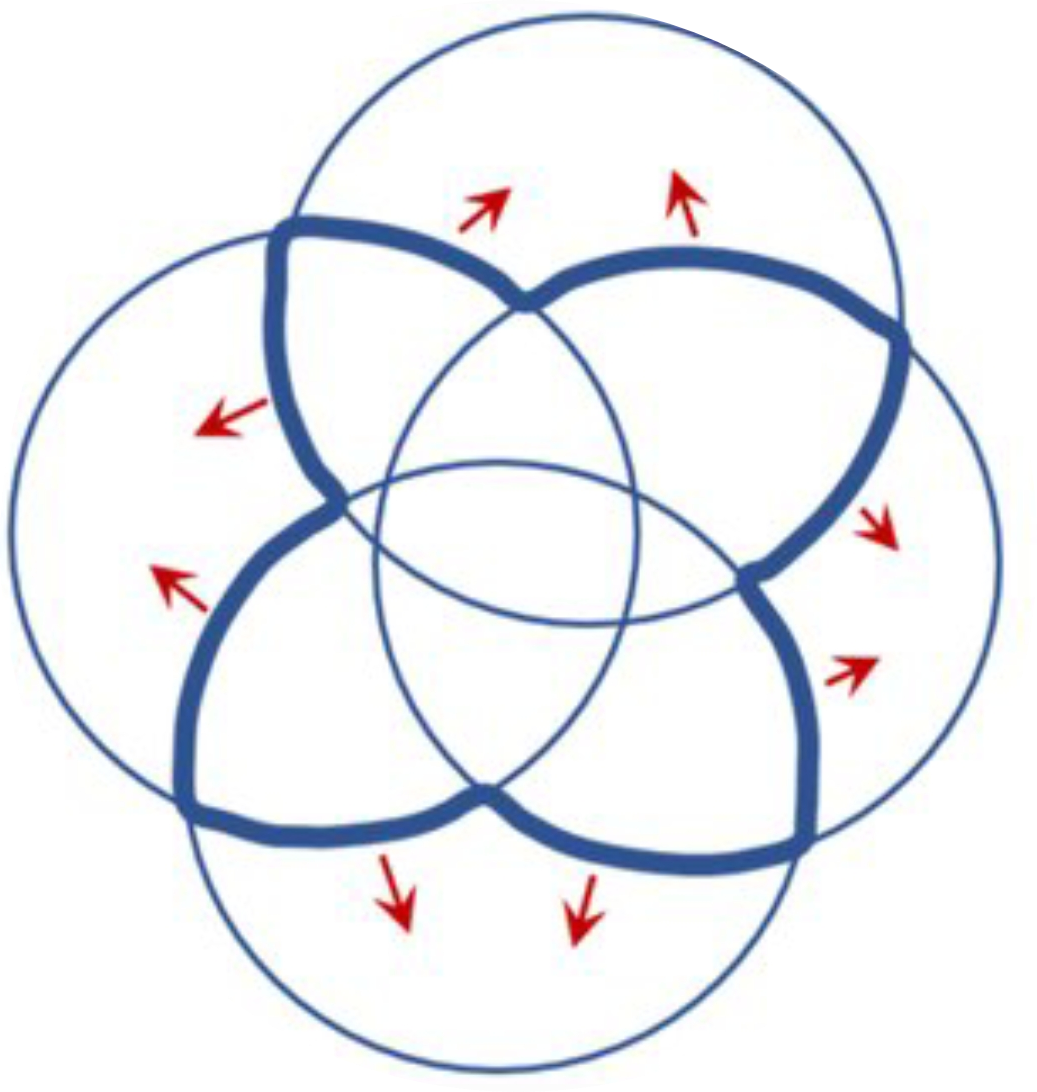UCE'S in Junk DNA defeats Neo-Darwinism

The existence and evolution of ultraconserved elements (UCEs) present a fascinating challenge to traditional neo-Darwinian evolutionary theory, particularly when considering the debate surrounding non-coding DNA. Neo-Darwinism posits that evolution primarily occurs through the gradual accumulation of random mutations in protein-coding genes, followed by natural selection for beneficial traits. However, UCEs, which are long stretches of non-coding DNA that are nearly identical across distantly related species defies this explanation. The Challenge of Ultraconserved Elements UCEs are enigmatic for several reasons: Extreme Conservation: Their sequence identity across species separated by hundreds of millions of years of evolution is extraordinary. This level of conservation suggests an incredibly strong selective pressure against any changes, implying a critical function. Non-coding Nature: They reside in non-coding regions of the genome, traditionally considered "junk ...





